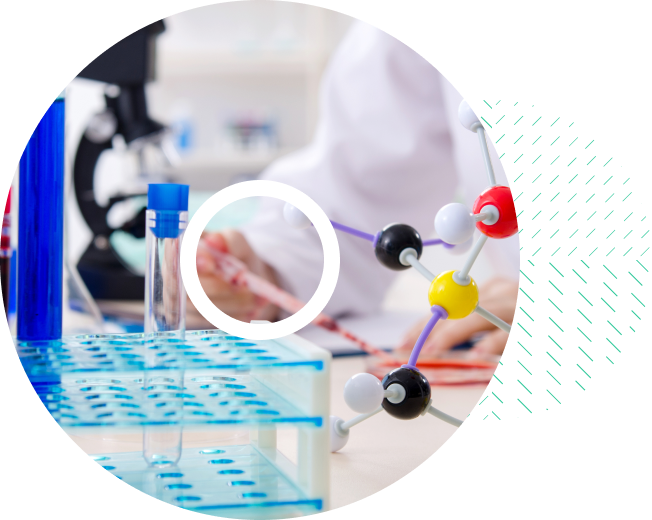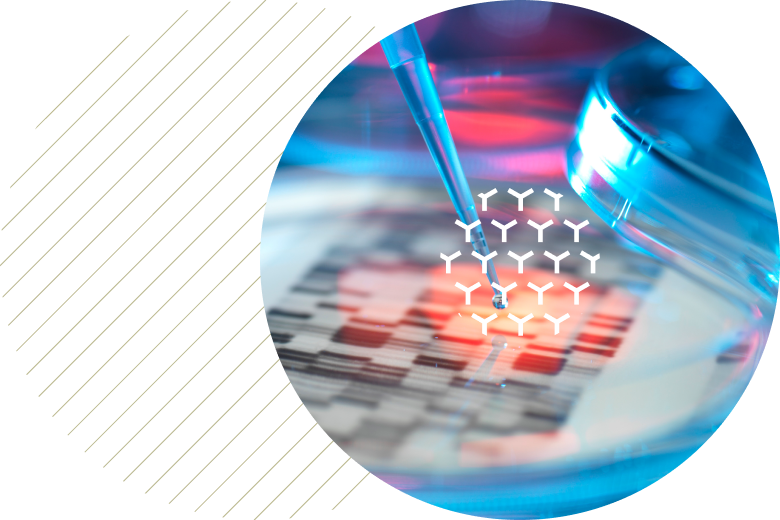What is hit to lead stage in drug discovery?
Hit to lead (H2L) is one of the key stages of the early drug discovery process. Hits are chemical compounds with a desired therapeutic effect at a known target molecule. The lead is the product of the screening process, useful in advanced stages of drug discovery.
The goal of the H2L stage is to identify the most favored candidates for further progress at later stages of the drug discovery process. This goal is completed by identifying molecule candidates that interact with the drug objective. These candidates are known as leads and are optimized to improve properties for their function as effective drugs.
What happens in the hit-to-lead process?
As the continual process of improving the lead, H2L typically involves synthesizing and testing many compounds to determine the most promising leads.
During this stage, researchers work to refine the starting compounds using various screening test techniques. The tests aim to help optimize characteristics important for drug development, including potency and specificity. This optimization process may involve modifying chemical structures or altering their delivery systems.
Once a lead has been identified, further optimization will ensure the molecule is proper. Modifications are made to improve the chemical properties as required.
Approaches to hit to lead optimization
Approaches used for drug optimization in the H2L stage include:
Structure-activity relationships (SAR) – Used to understand the relationship between the structure and activity of a compound.
Computational modeling – Computational models can help predict the properties of potential leads without requiring timely and expensive experiments in the laboratory.
High-throughput screening – High-throughput screening relies on testing many compounds, going through most or all possible combinations for use. This is in contrast to approaches such as SARs, which aim to narrow the pool of potential compounds.



